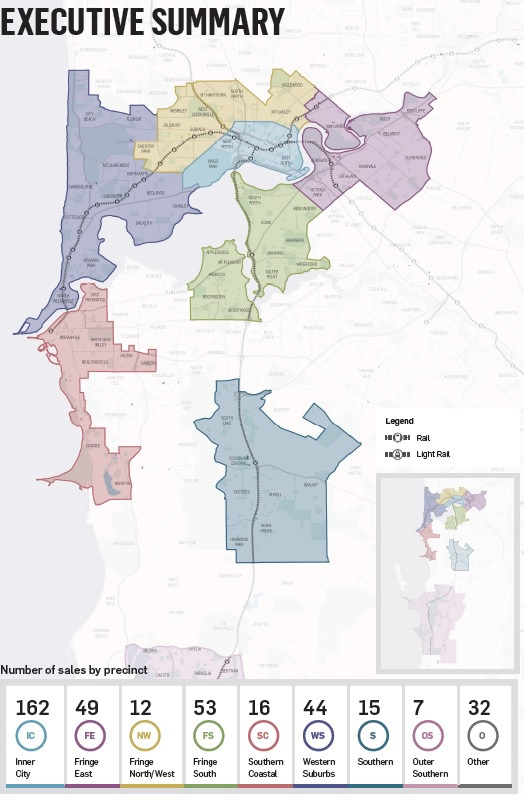Tighter market conditions and more cautious buyers have seen a return to a more measured pace in Perth’s apartment development sector, according to leading property analyst Urbis, with the number of projects launched to market in 2016 shrinking.
The latest Urbis Perth Apartment Essentials has revealed that after a busy 2015 in which 65 new project launches added 4,790 apartments to existing supply, just five projects were brought to market in the second quarter of 2016.
Just 390 sales were recorded for the quarter, the lowest volume since Urbis began tracking the sector in September 2014, with the contraction felt most strongly in suburbs outside the Inner City and Western Suburbs.
Areas outside the traditional apartment zones had accounted for 40 per cent of sales in the 2015 June quarter, but this fell to just 8 per cent in the second quarter of 2016.
The Inner City precinct accounted for 42 per cent of sales and only the Western Suburbs showed an increase in apartment sales over the previous quarter, due largely to the successful launch of The Reserve by Mirvac at LandCorp’s Claremont on the Park.

